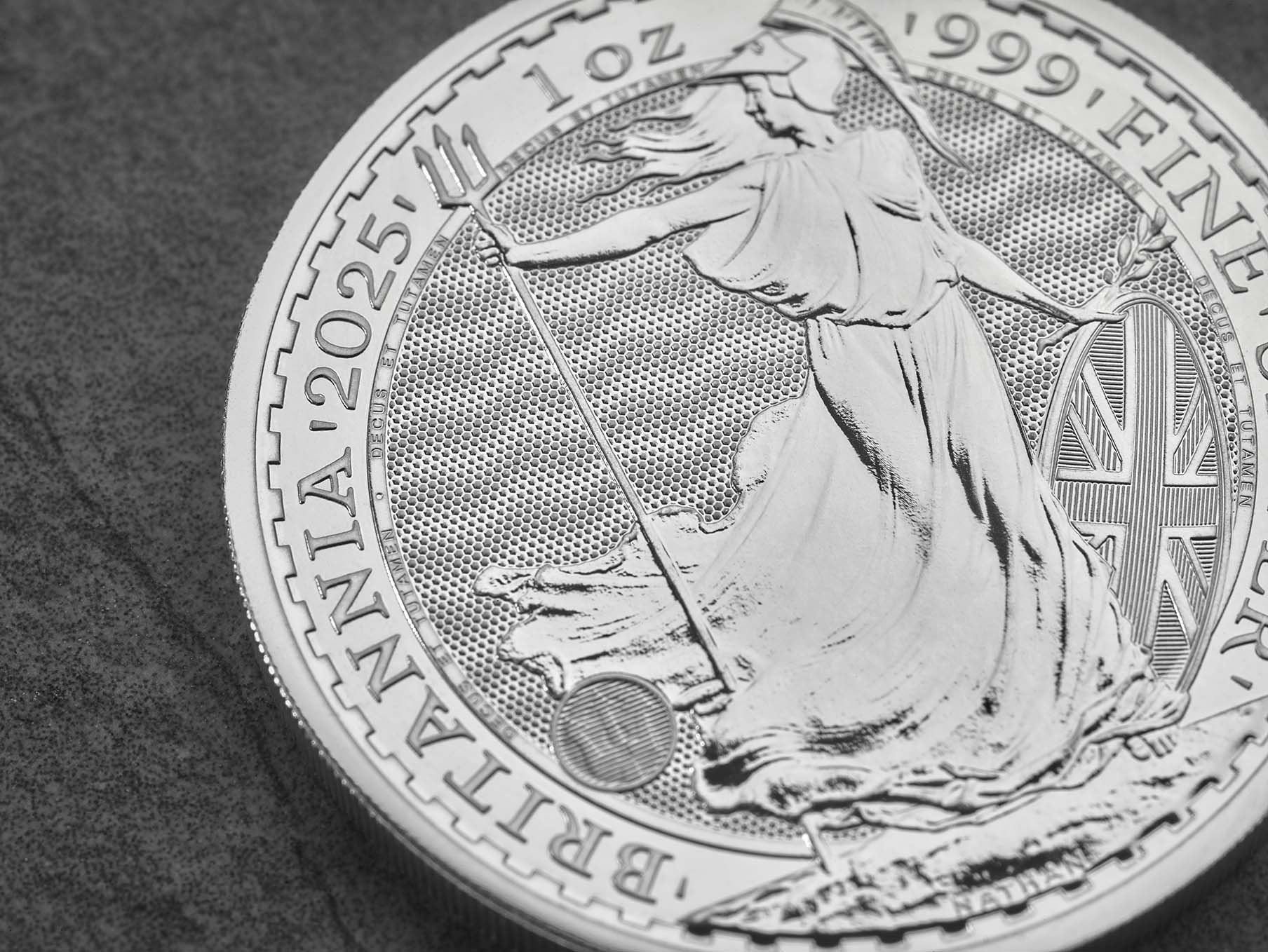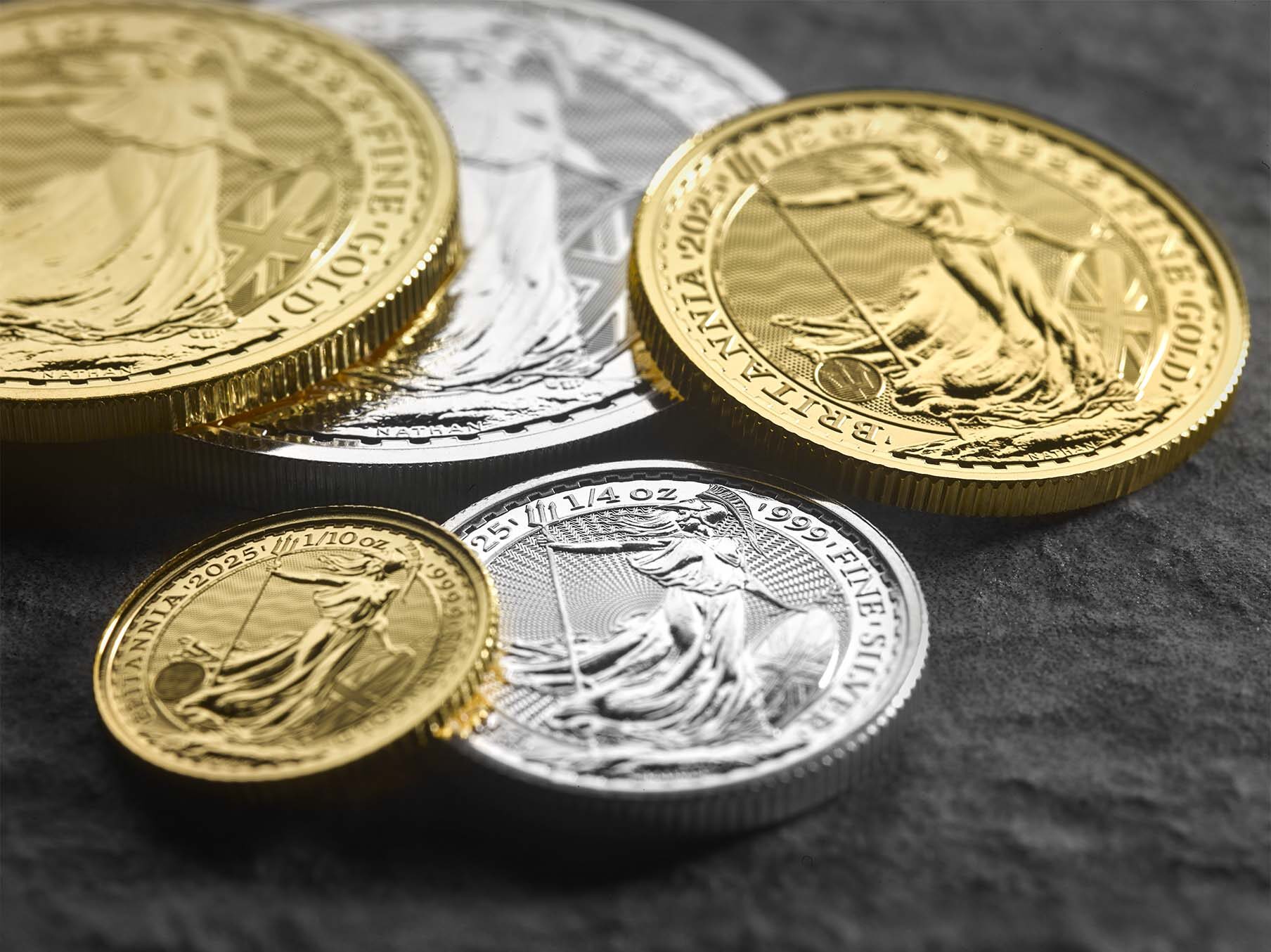Why gold? What every investor should know.
HOW IS GOLD PRICED?
All forms of gold investment are priced in a similar way, as the price you are charged is based on the ‘premium’ of the product. This is the percentage which is charged for the product over the gold price of the metal which it contains.
Due to economies of scale, smaller products tend to cost slightly more to manufacture, package and distribute than larger ones. This means that the premium on smaller products tends to be higher. So, even though a 1g gold bar would be cheaper than a 100g gold bar (because it contains vastly different amounts of gold), the actual percentage charged on the smaller bar, over the price of the gold it contains, is normally slightly higher.
Put simply, it would generally be cheaper to buy a single 100g gold bar than it would be to buy 100 x 1g gold bars. Even though you would get the same amount of gold, as it costs more to manufacture 100 smaller bars, the supplier charges a higher premium for them at the time of sale.
Similarly, as the costs to the retailer are typically less, digital products, such as DigiGold from The Royal Mint, can carry a lower premium, than those associated with physical coins and bars.
WHAT IS THE GOLD FIX?
Among the first things people look for when buying gold is, of course, the price. But how and why values are set is not always known by those starting their journey into buying precious metals. Understanding the process behind pricing is your first step towards gold investing.
Put simply, the gold fix is a pricing mechanism which is in action throughout the day. It arrives at a value based on the buying and selling movement within the marketplace on a particular day. The London Bullion Market Association (LBMA) is the international home of gold pricing. Twice a day – at 10:30 and 15:00 GMT – prices are officially fixed.
For all intents and purposes, gold remains as one of the original global currencies, carrying monetary value throughout the world. Whether you’re buying in physical form (such as bullion coins or bars), via physically backed digital methods (such as DigiGold), or through a stock exchange listed product (such as The Royal Mint physically gold-backed ETC, RMAU), the gold fix acts as a transparent benchmark against which dealers use to set their price. As a result, this fixed rate serves as an internationally regarded market indicator for the value of precious metals.
WHAT IMPACTS THE GOLD PRICE?
Historically speaking, gold prices go up sharply when an unexpected or somewhat unpredictable event occurs, which increases uncertainty over future economic or political prospects. This could be something as significant as the outbreak of conflict or war, but could be something less drastic and more ‘short-term’ such as an unexpected election or referendum result. Events that are unexpected often result in a knock-on effect on the financial markets, which can have an effect on gold.
If something unforeseen happens and the values of other investments such as shares all begin to fall at once, many investors may choose to sell out as quickly as possible and turn to gold. Their main goal is normally to ensure that they have something of value when events reach some kind of conclusion. This often leads to increases in the price of gold because there is only so much gold produced every year, and it cannot quickly be increased in response to prices.
On the other hand, gold prices tend to rise more gently when world events and markets are merely uncertain. If no one knows for sure whether they are certain to profit by investing in businesses, commodities or land, they may choose to increase the percentage of their portfolios in investments viewed as ‘safe havens’, such as gold. This can then increase the price of those ‘safe haven’ investments, but in a more gradual manner.
In contrast, certainty and prosperity (on a global scale) tend to drive the price of gold down. In the very first part of this century, the world was a fairly prosperous place. At the turn of the century there were no major wars and relatively few minor ones. There were hundreds of ways investors could expand their portfolios and feel that they were guaranteed a good return. As a result, investors put relatively little of their portfolio into securities, and the price of gold was lower than it is today.
WHAT ARE GOLD PREMIUMS?
For those new to precious metals, getting to grips with how pricing works is essential, as understanding the basics of live pricing and premiums should help you to manage expectations on getting returns and help ensure you are not paying over the odds for the item.
To begin, you should remember that precious metals are usually accompanied by a premium over the spot price that encompasses production costs, distribution expenses and dealer profit. Many retailers, including The Royal Mint, will offer help or FAQ pages explaining how premiums work and how they are applied. Ensure you grasp this premium structure and assess it across various dealers to help you understand how prices and premiums are applied.
In addition, some dealers may impose fees related to postage, storage or specific payment methods, and familiarity with these particulars in advance can prevent unwelcome surprises when a sudden bill for storage is applied or you try to sell your item back to the retailer.
THE CURRENT TRAJECTORY OF GOLD
Over the course of 2024 gold has broken into new territory, with the price per ounce reaching all-time highs in many currencies including GBP and USD. This momentum has been caused by geopolitical events and a record year for elections across the globe – including the US Presidential Election. The impact and possible fallout of these events could be the driving force behind investor sentiment towards the yellow metal, as many look to add stability to their investment portfolios.
INVESTING IN GOLD – THE POSSIBLE BENEFITS
Gold’s role as a risk management tool within a diversified portfolio is widely recognised. However, with evolving policy landscapes, some forms of gold investment also offer additional tax benefits for many.
In the investment world, gold has long been valued as a store of wealth and a hedge against economic uncertainties. For UK-resident investors, physical gold, including bullion bars, Sovereign coins, and Britannia coins, is particularly appealing. Beyond the inherent long-term stability of gold, UK tax benefits associated with physical gold investments make it an attractive option for those looking to diversify their portfolios while potentially enjoying tax advantages.
CAPITAL GAINS TAX ADVANTAGES
Capital Gains Tax (CGT) has been a significant policy topic recently, with major changes affecting investors, notably the reduction in the CGT annual exemption. This reduction limits the amount an individual or trust can realise as a capital gain without being subject to CGT.
As the CGT annual exemption decreases, investors might explore other CGT-efficient assets that also offer diversification benefits in uncertain economic times. Bullion coins, for example, are CGT-exempt for UK residents due to their status as legal tender. They are also popular globally for their timeless design, historical significance, and enhanced security features.
VALUE ADDED TAX (VAT)
VAT is a tax on purchases, typically adding 20% to the price, with some items subject to a 5% or 0% rate. All gold bullion sold by The Royal Mint, including The Sovereign and Britannia ranges, is VAT-free for non- VAT registered private individuals who are residents of the UK. However, silver and platinum bullion are subject to VAT at the current rate of 20%.
WHY GOLD IS VAT EXEMPT
Prior to 1 January 2000, gold sales in the UK were subject to VAT. This changed due to disparities in VAT rules across the European Union, which placed the UK at a disadvantage. The exemption brought investment gold in line with other investments, such as stocks and shares.
CONCLUSION
Bullion coins and gold bar investments could offer UK investors additional tax efficiencies, especially as part of a well-diversified portfolio.
As always, when it comes to financial and wealth planning, particularly within the context of tax and legal structures, seeking professional advice is recommended.






